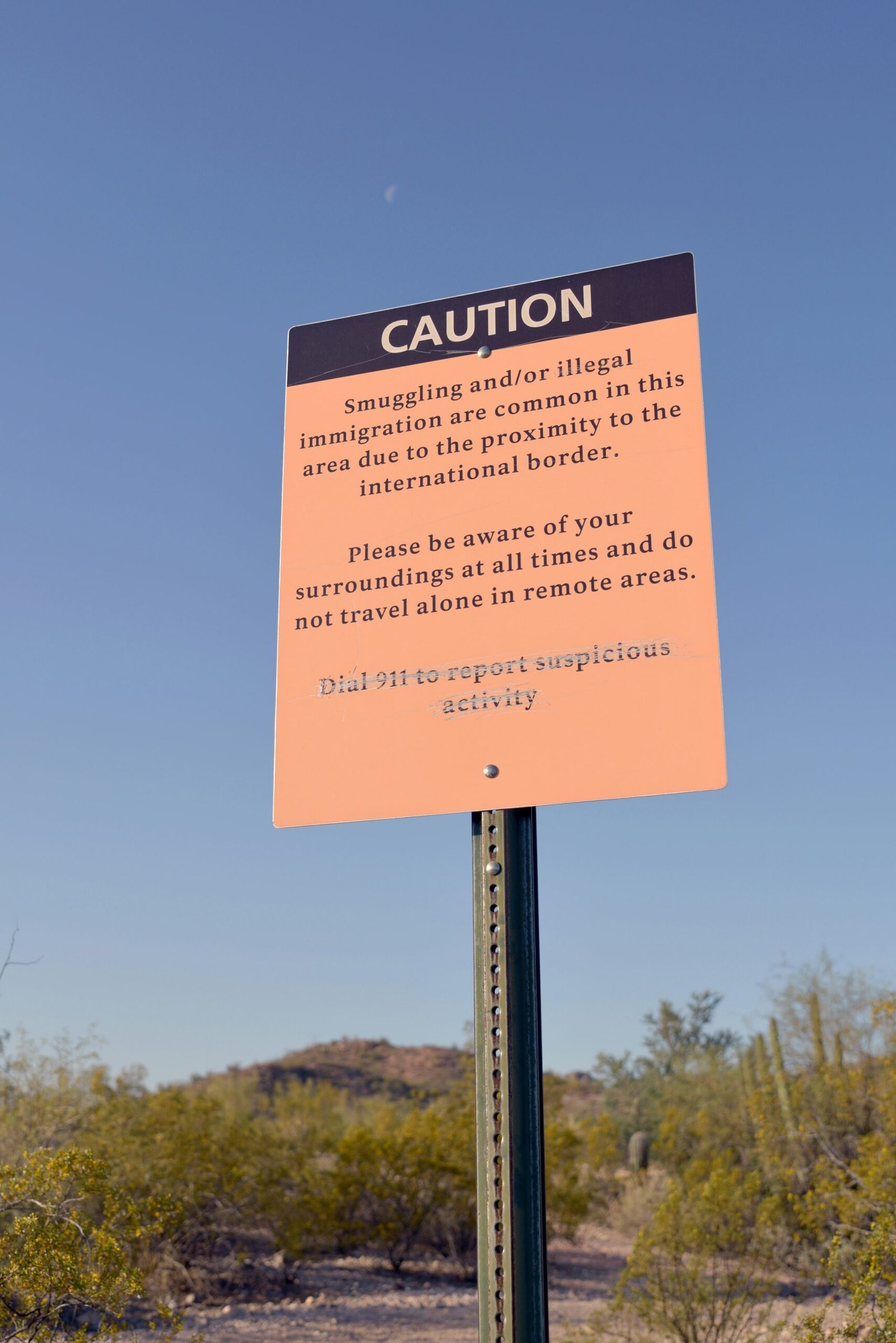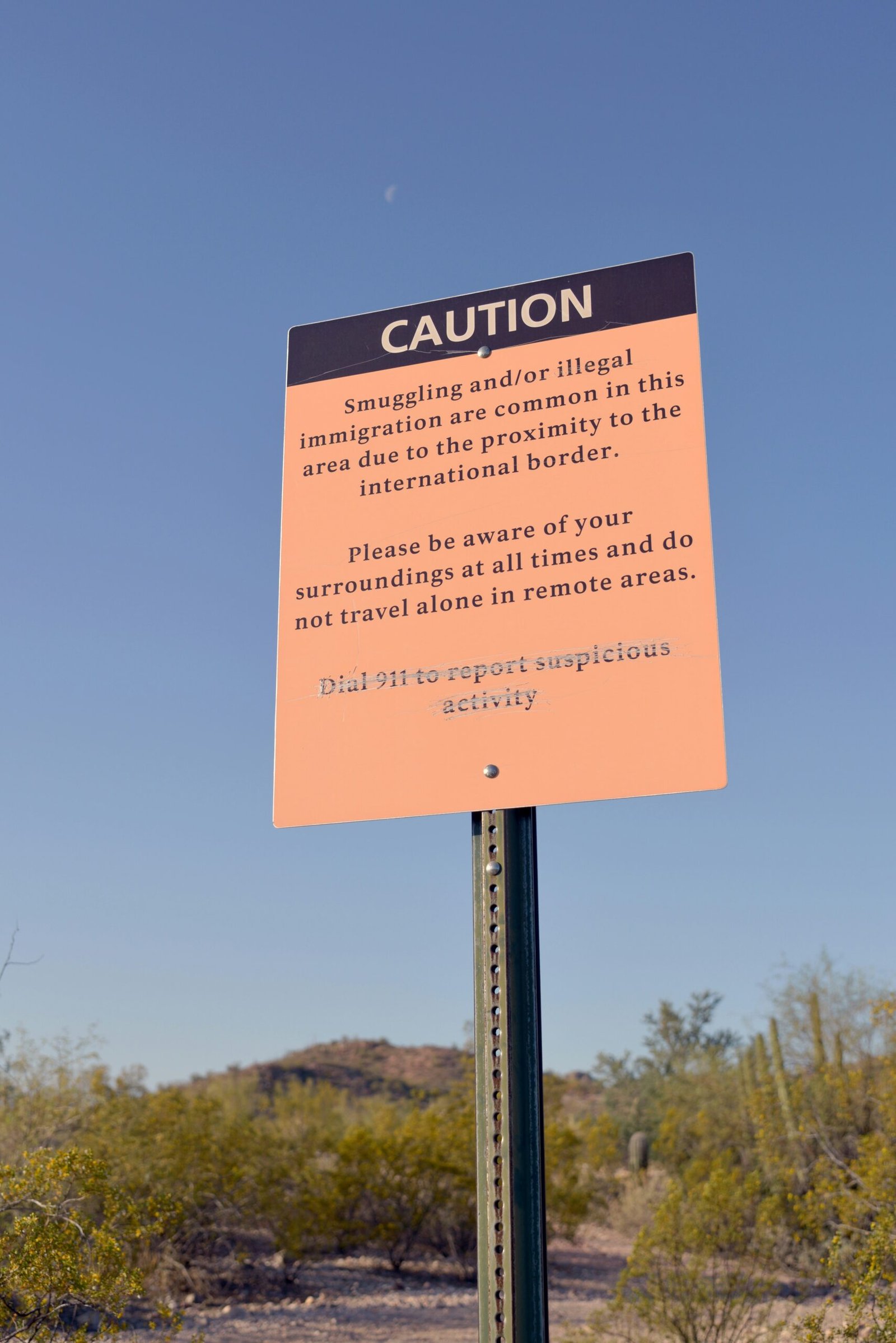
Introduction
Recently, downtown Los Angeles has experienced significant unrest as protests against Immigration and Customs Enforcement (ICE) raids have escalated tensions within the community. Activists and concerned citizens have taken to the streets, voicing their opposition to what they consider unjust actions taken by federal authorities targeting immigrants. The city has witnessed an overwhelming response from the public, leading to a major mobilization of protesters seeking to draw attention to their cause.
In light of the growing demonstrations, police declared an unlawful assembly, a move that highlights the seriousness of the situation and the potential for confrontation between law enforcement and demonstrators. Authorities have cited safety concerns as a reason for the announcement, emphasizing the need to maintain order amid the escalating protests. However, many protesters view this declaration as an infringement on their rights to assemble and express their opinions about ICE’s controversial practices, especially the recent raids which have disproportionately affected immigrant communities.
The outcry against the ICE raids has galvanized various community groups, individuals, and organizations to come together in solidarity. The protests not only reflect a reaction to specific incidents but also underline a broader frustration with immigration policies perceived as harmful or unjust. Activists argue that these policies tear families apart and contribute to a climate of fear among immigrant populations. As the situation continues to unfold in downtown Los Angeles, the community remains divided over the actions of both protesters and authorities, raising important questions about civil liberties and the role of law enforcement in social movements.
What Triggered the Protests?
The protests in downtown Los Angeles were primarily ignited by a series of aggressive immigration enforcement raids conducted by Immigration and Customs Enforcement (ICE). These operations took place in various neighborhoods across the city, specifically targeting areas known for their high concentrations of immigrant populations. The raids, which reportedly led to numerous detentions, have been portrayed by advocates as heavy-handed and discriminatory, exacerbating the fears within the immigrant community.
The immediate public reaction to these ICE actions was one of outrage and protest. Community leaders, activists, and residents quickly organized demonstrations to voice their dissent and support for those affected by the raids. These protests were not just about the specific incidents of detentions; they represented a larger condemnation of policies perceived as unjust and punitive towards immigrants. The outcry highlighted the community’s demand for humane immigration reform, calling attention to the adverse effects that strict immigration enforcement can have on families and their stability.
As tensions escalated, the protests began to grow in size and intensity, drawing participants from various backgrounds united by a common cause. This wave of public dissent illustrates a broader movement that seeks to challenge not only the actions of ICE but also the underlying legislation surrounding immigration enforcement in the United States.
Escalation of Tensions
The recent protests against ICE raids in downtown Los Angeles have seen a significant escalation of tensions between law enforcement and demonstrators. These protests initially began as peaceful gatherings expressing outrage over the treatment of undocumented immigrants, but as the demonstrations progressed, confrontations erupted. A notable flashpoint occurred near the Metropolitan Detention Center, where a large group of protesters gathered to voice their dissent. The situation intensified as some individuals began throwing objects, including bottles and projectiles, toward the police lines.
In response to the escalating violence, law enforcement took decisive action aimed at re-establishing order. Officers deployed tear gas and flashbangs in an effort to disperse the crowd. The use of these crowd control methods marked a significant shift in the police approach, indicative of the heightened tensions on the ground. As the situation escalated, the declaration of an unlawful assembly further underscored the gravity of the confrontations. Law enforcement stated that their primary objective was to maintain public safety while addressing disruptive behaviors among protesters.
The rapid shift from peaceful protest to confrontational encounters has drawn attention from various community leaders and human rights organizations. They have expressed concerns regarding the use of force by law enforcement and its implications for civil liberties. This contentious environment reflects broader societal debates surrounding immigration enforcement and the rights of individuals to assemble peacefully. As police tactics during the protests continue to be scrutinized, the climate in downtown L.A. remains charged, with both sides firmly entrenched in their respective positions. The situation continues to evolve, showcasing the complex dynamics at play in social movements within urban settings.
Law Enforcement’s Response Over the Weekend
This past weekend, downtown Los Angeles experienced significant unrest as protests erupted against the Immigration and Customs Enforcement (ICE) raids. Demonstrators, motivated by their opposition to what they perceive as unjust immigration practices, took to the streets, effectively disrupting traffic and public transport through marches held at various key intersections. The protests, characterized by their large turnout and vocal participants, aimed to express dissent against federal immigration policies.
In response to the escalating situation, the Los Angeles Police Department (LAPD) quickly mobilized its resources to maintain public order and safety. The LAPD implemented crowd control strategies that included detouring traffic and forming barricades to manage the flow of the demonstrators. Officers were deployed in significant numbers to monitor the situation, ensuring that both protesters and bystanders remained safe amid the escalating tensions. Their presence served a dual purpose: dissuading illegal activities while allowing peaceful expressions of dissent.
Additionally, the National Guard was placed on standby as a precautionary measure, highlighting the severity of the protests and the potential for further escalation. Law enforcement agencies were prepared for all contingencies, including the possibility of violence. They maintained communication with protest leaders to facilitate a smooth protest while still asserting their authority to declare an unlawful assembly when necessary. This approach aimed to strike a balance between safeguarding rights of free speech and ensuring public safety standards were upheld.
Throughout the weekend, the commitment of law enforcement to manage the protests was evident, showcasing both proactive and reactive measures that were employed in handling the growing unrest. Despite the challenges of engaging a crowd with strong sentiments, law enforcement worked diligently to mitigate risks and maintain order during a period marked by intense emotional and political expression.
Federal Troops Deployed
In response to escalating tensions surrounding protests against Immigration and Customs Enforcement (ICE) raids, the federal government has made the decision to deploy military personnel, including Marines and National Guard troops, to downtown Los Angeles. This move is aimed at maintaining order and ensuring public safety amid rising unrest. The deployment reflects a broader strategy to manage local disturbances that have garnered national attention and concern regarding civil rights and immigration enforcement.
The rationale behind deploying federal troops primarily revolves around the need for enhanced security during a period marked by volatile protests. These demonstrations have seen significant public turnout, often leading to confrontations between protesters and law enforcement. By introducing military personnel into the environment, the government aims to deter violence and mitigate chaotic situations that may arise during these protests. However, it is essential to clarify that these military forces are not intended to serve as front-line law enforcement officers. Their role is limited to support functions, acting primarily as backup for local police departments.
Legal limitations define the extent of engagement that federal troops can undertake in law enforcement operations. Generally, the Posse Comitatus Act restricts the use of federal military personnel in civilian law enforcement, emphasizing the importance of keeping military and police functions separate. As such, the troops deployed in Los Angeles are prohibited from making arrests or exercising police powers unless specifically authorized by the state or federal government in extreme circumstances. This legal framework aims to preserve the integrity of civilian authority and protect citizens’ rights during situations of unrest, underscoring the delicate balance between security and individual freedoms.
Local Leaders’ Reactions
The recent protests in downtown Los Angeles prompted significant responses from local leaders, particularly Governor Gavin Newsom and Los Angeles Mayor Karen Bass. Both officials have vocally criticized the federal government’s military intervention in the ongoing immigration enforcement actions, highlighting concerns regarding state sovereignty and the rights of immigrants. The protests, which were triggered by the enforcement of Immigration and Customs Enforcement (ICE) raids, have raised alarms about the safety and well-being of vulnerable communities within California.
Governor Newsom emphasized that the federal approach to immigration enforcement should prioritize compassion and human rights rather than aggressive militarization. His administration views the federal intervention as an infringement on the autonomy of state governance, suggesting that local authorities should have a say in how immigration laws are enforced within their jurisdictions. The Governor conveyed his commitment to protecting immigrant rights, arguing that state laws offer a framework for safeguarding the dignity and safety of all residents, regardless of their immigration status.
Mayor Karen Bass echoed these sentiments, insisting that the local community should not bear the brunt of federal actions that contribute to fear and division. She underscored the necessity of a collaborative approach to immigration reform that involves local input and ensures the protection of residents’ rights. Mayor Bass has also pointed out that the unlawful assembly designation imposed by police during the protests reflects a troubling trend towards over-policing in marginalized communities, calling for more dialogue rather than confrontation. Together, these leaders’ responses signify a strong stand against federal policies perceived to undermine immigrant protections while advocating for a more humane and equitable approach towards immigration enforcement. Their unified stance not only sheds light on the current tensions but also calls for a reevaluation of how federal and state authorities interact on issues that profoundly affect public trust and community stability.
Wider National Implications
The recent protests in downtown Los Angeles against Immigration and Customs Enforcement (ICE) raids have not only stirred local unrest but have also sparked demonstrations in various cities across the United States. As a reaction to what many perceive as aggressive immigration enforcement tactics, similar rallies have erupted in places such as New York, Chicago, and San Francisco. These gatherings signify a growing national sentiment against aggressive immigration policies, showcasing public dissent against what many consider draconian actions by federal enforcement agencies.
The national ramifications of these protests extend beyond mere expressions of discontent. They contribute significantly to the broader discourse surrounding immigration reform, law enforcement practices, and civil rights. Organizers and activists who have taken part in the protests emphasize that they aim to highlight issues of systemic racism and injustice in the current immigration system. The narrative pivot has shifted towards viewing immigration not solely through the lens of law enforcement but as a critical civil rights issue, bringing to light the experiences of immigrant communities vulnerable to harsh treatment.
Future of the Protests and Legal Battles
The current state of the protests in Downtown Los Angeles reflects a significant response to the escalating tensions surrounding federal immigration policies, particularly the recent ICE raids. Activists and community members have gathered to voice their dissent against what they perceive as aggressive enforcement measures that infringe upon the rights of immigrants. These gatherings, initially peaceful, have prompted local law enforcement to declare unlawful assemblies as tensions heighten. Such actions raise questions about the future dynamics of these protests and the possible legal ramifications.
The legal battles that accompany these protests are multifaceted. Advocacy groups have filed lawsuits challenging the federal government’s authority to conduct immigration enforcement in certain areas, arguing that these actions undermine local laws and the rights of residents. These legal proceedings may have significant implications for future protests, as rulings could either embolden activists or result in heightened restrictions on demonstrations. The ongoing tension in legal interpretations of immigration policies continues to fuel protests, creating a cycle where community activism oftentimes clashes with enforcement actions.
As these protests persist, the potential for further arrests remains high. Law enforcement agencies, tasked with maintaining public order, are likely to respond to any acts of civil disobedience with stricter measures. Community organizers must navigate this precarious situation carefully; they advocate for immigrants while also considering the broader implications of unlawful assembly designations. This balancing act underscores the ongoing struggle to uphold citizens’ rights while addressing the enforcement of federal immigration policies. Overall, the interplay between public sentiment, legal challenges, and law enforcement responses will significantly shape the future landscape of these protests in Downtown L.A.
Conclusion
In recent days, tensions have significantly escalated in downtown Los Angeles, culminating in the police declaring an unlawful assembly in response to protests against ICE raids. These events have swiftly become reflective of a broader national discourse surrounding immigration enforcement and civil rights. The protests, ignited by fears of federal overreach and the ramifications of ICE’s actions on local communities, underscore the vital question of how federal authority interacts with state sovereignty. As demonstrators vocalize their dissent, the implications of these protests stretch beyond local boundaries, highlighting a national struggle over rights and responsibilities.
The confrontation between state and federal actors raises essential inquiries about the power dynamics at play in the governance of immigration-related issues. This necessity for balance has revealed a rift in how various states view the enforcement of federal immigration policies. For residents and activists, the protests signify a struggle for civil liberties and community safety, illustrating the vital importance of protecting the rights of individuals against what they perceive as unjust government actions.
Thus, the protests in downtown Los Angeles are not solely about the immediate situation at hand; they resonate with a history of resistance against governmental authority. They serve as a testament to the growing unrest among various communities impacted by federal immigration policies, echoing long-standing concerns surrounding human rights and societal justice. The unfolding scenarios in Los Angeles may indeed provide a prelude to a more extensive re-examination of the relationship between citizens and state power, as the nation’s narrative continues to evolve. The events of this week will likely have lasting implications for immigration law, civil rights, and the fabric of society in the United States.


